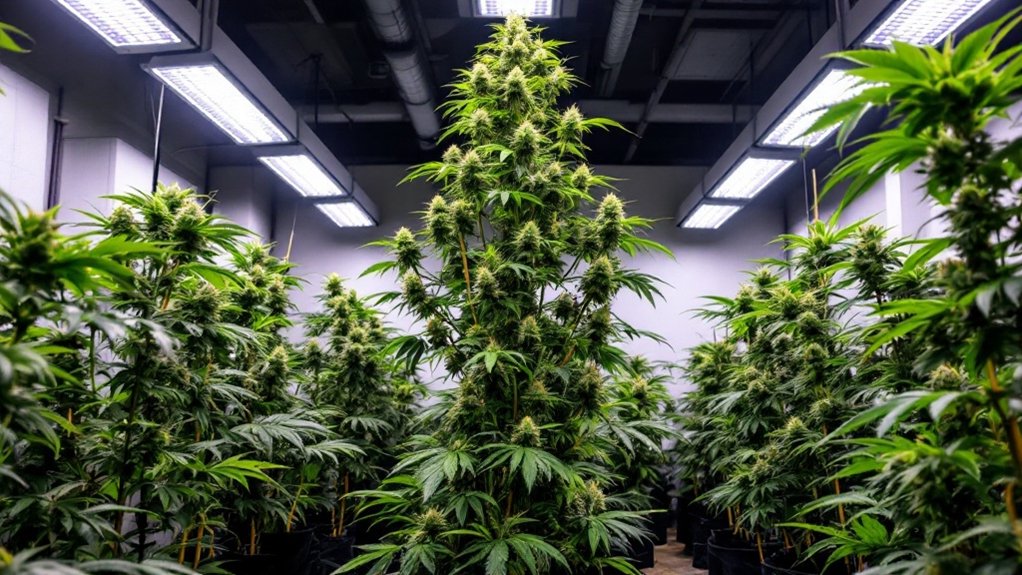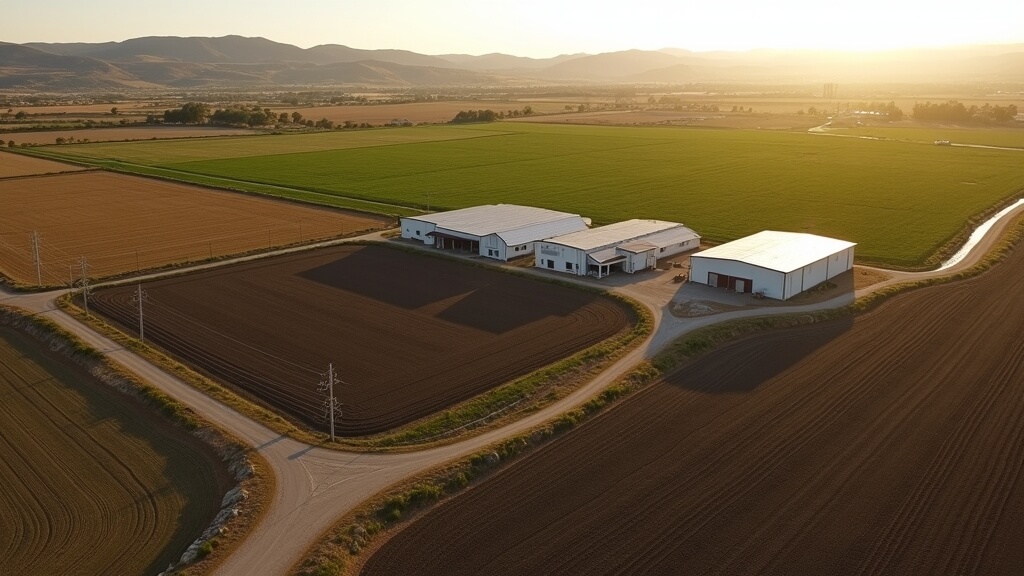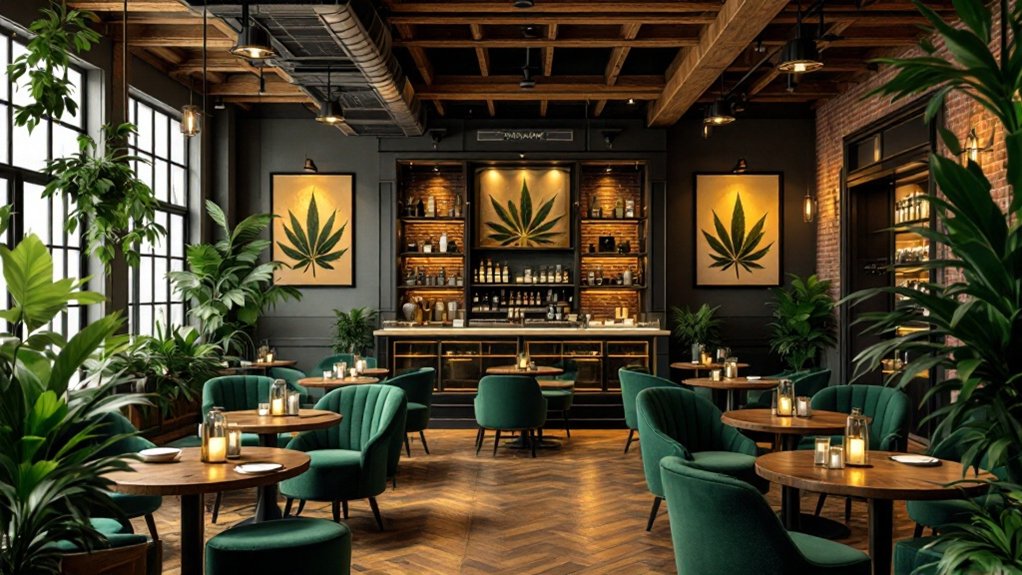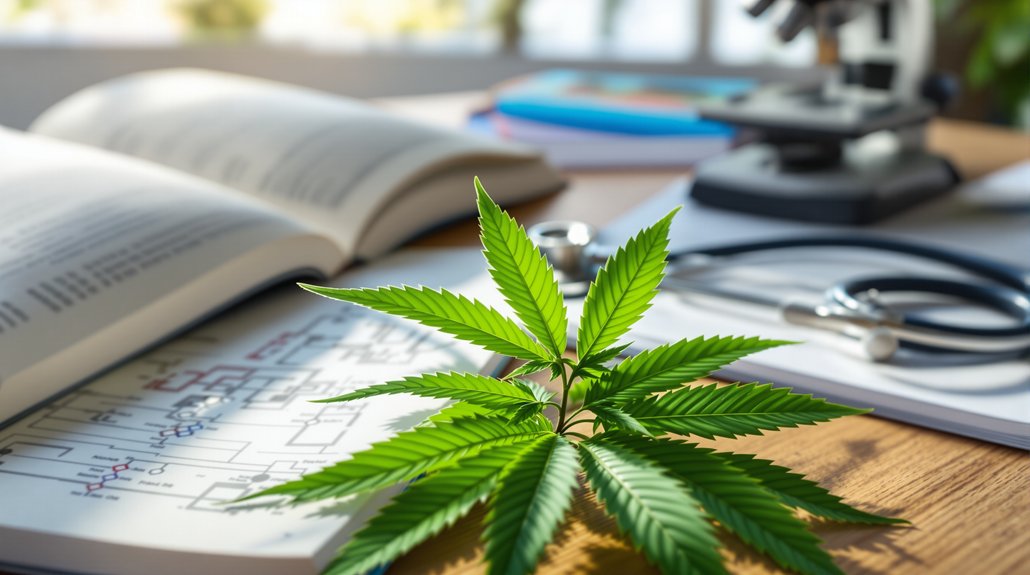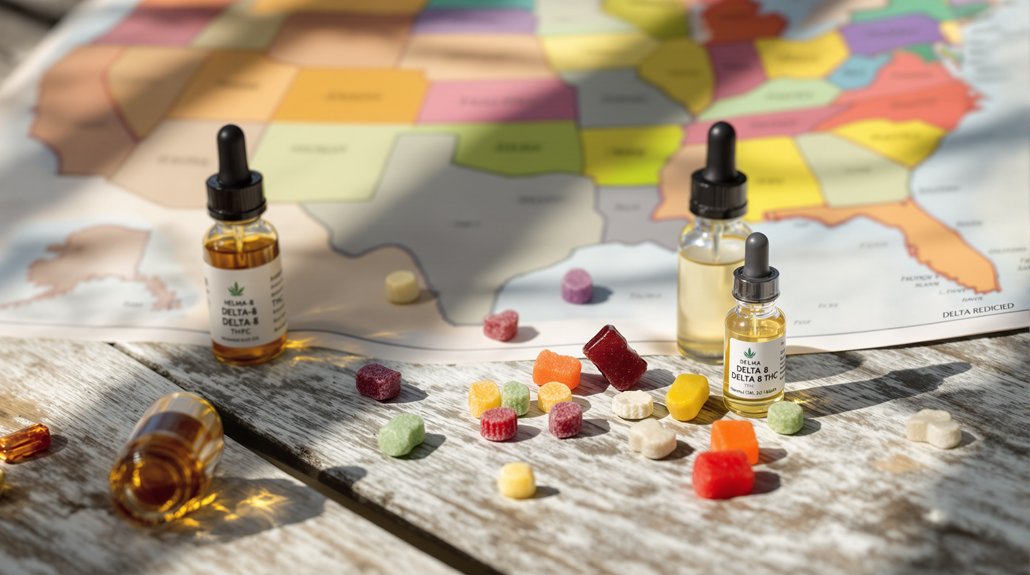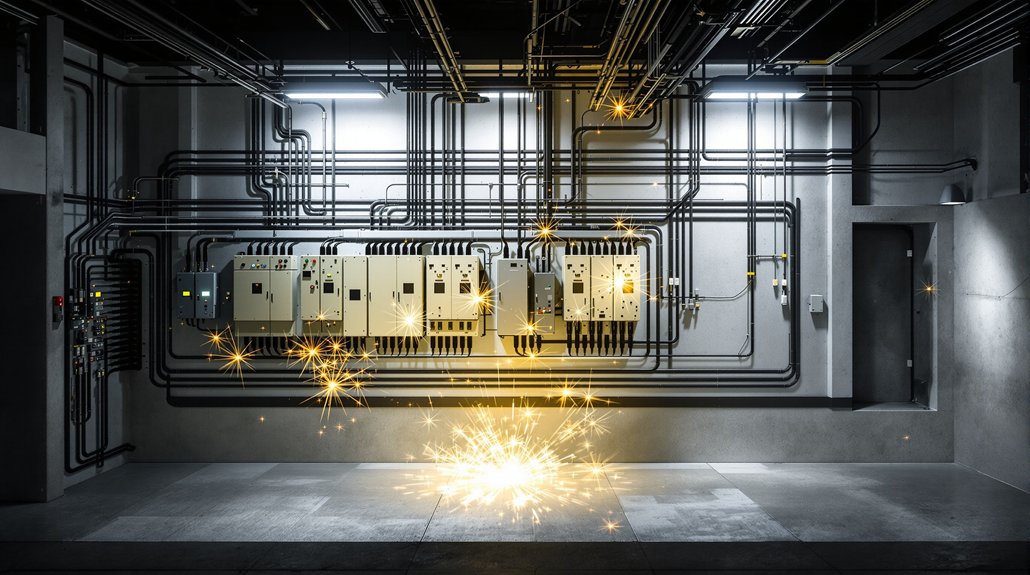Growing massive cannabis plants requires a delicate balance between light exposure and spatial conditions. Insufficient light causes plants to stretch unnaturally tall, while proper illumination promotes healthier growth and improved yields. Sativa-dominant plants develop slender structures with narrower leaves, whereas indica varieties remain shorter with denser buds. Strategic training techniques can transform natural plant architecture into candelabra shapes that optimize light absorption across multiple bud sites. Cultivators who master these environmental factors reveal their plants’ true genetic potential.
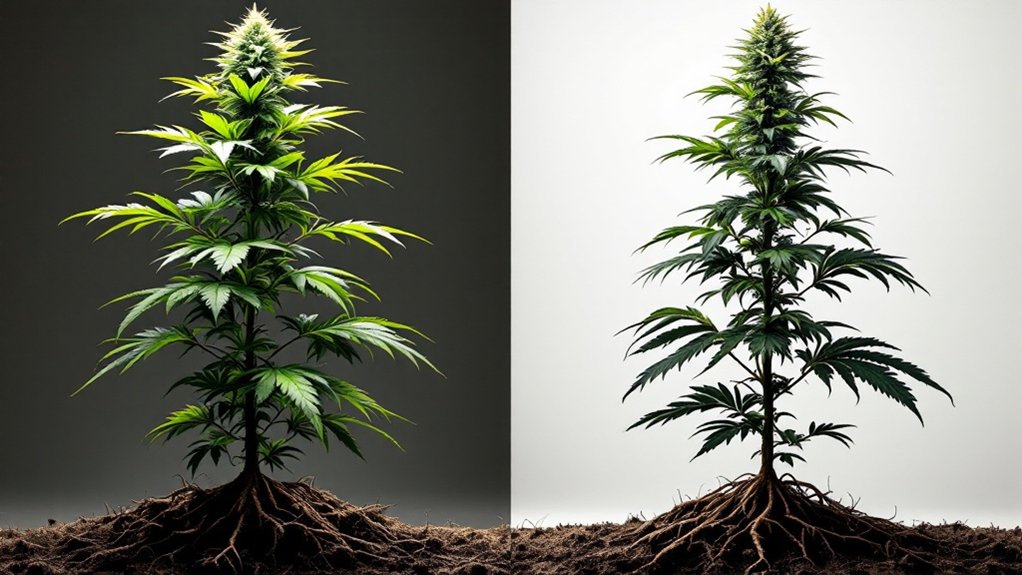
Giants of the cannabis world, big weed plants represent the captivating intersection of genetics, environmental conditions, and cultivation techniques. These towering specimens can reach impressive heights, particularly when sativa-dominant genetics exceed 60% of their makeup. In contrast to their indica counterparts, which typically present shorter, bushier profiles with dense buds, sativa plants stretch skyward with slender structures and narrower leaves. This natural variation reflects evolutionary adaptations to different native environments and markedly influences cultivation approaches.
Cannabis naturally adopts a Christmas tree configuration, developing one prominent cola at the apex with progressively smaller buds adorning the lower portions. This structure evolved to maximize sunlight absorption in natural settings, though it presents challenges for indoor cultivators seeking uniform production. Environmental factors considerably impact how these plants develop, with insufficient light causing them to stretch unnaturally tall as they search for adequate illumination. When plants extend without proportional light exposure, they often produce disappointing harvests despite their impressive stature. Proper lighting is essential for ensuring that all parts of the plant receive adequate light exposure, promoting healthier growth and better yields.
Light distribution becomes increasingly critical as cannabis plants grow larger. The natural tendency toward apical dominance means upper portions receive preferential light exposure, while lower sections may languish in shadow. Cultivators address this through strategic training methods that transform the plant’s natural architecture into more productive configurations. By manipulating growth patterns, growers can create candelabra-shaped plants with more even canopies that optimize light absorption across all bud sites. Implementing proper staking techniques early in the growth stage ensures plant stability and helps distribute weight evenly as the plant matures.
The relationship between plant size and bud production remains complex. Genetic factors may predispose certain strains to grow voluminously without corresponding increases in flower size. Notably, smaller buds from large plants can still contain impressive THC or CBD concentrations despite their diminutive dimensions. Environmental stressors like temperature fluctuations, improper humidity levels, or nutrient imbalances can force plants to redirect energy from flower development to basic survival functions. Certain cannabis strains are specifically genetically predisposed to develop tall, impressive structures while producing relatively small buds regardless of growing conditions.
Cultivation space requirements increase substantially for larger cannabis specimens. Root systems need adequate room to expand, and proper spacing prevents overcrowding that can inhibit airflow and create microclimates favorable to pests and pathogens.
For maximum production, cultivators must carefully balance genetic potential with environmental controls and space limitations. This delicate equilibrium between size, structure and environment ultimately determines whether big weed plants will fulfill their productive potential or merely occupy substantial growing space.
Frequently Asked Questions
How Do LEDS Compare to Traditional Grow Lights for Cannabis?
LED grow lights outperform traditional HPS and HID systems for cannabis cultivation in several key areas.
They deliver 50-300% greater energy efficiency while producing 50% more yield, with electricity savings offsetting initial costs within a year.
Modern LEDs match or exceed traditional lights in spectral quality, featuring customizable light profiles for different growth stages.
Their 40-50% lower heat output allows closer placement to plants, while extended lifespans reduce maintenance needs and associated costs.
Can Weed Plants Grow Too Tall for Indoor Cultivation?
Cannabis plants can indeed grow too tall for indoor cultivation, creating several challenges for growers.
Most indoor setups accommodate plants between 31-47 inches tall, with ideal heights being 24-36 inches for efficient light coverage.
When plants exceed these heights, they risk light burn from proximity to grow lights and develop poor lower bud formation due to limited light penetration.
Additionally, excessively tall plants often require structural support to prevent stem breakage in confined indoor environments.
What’s the Most Cost-Effective Lighting Setup for Home Growers?
For home cannabis cultivators seeking economic efficiency, LED lighting offers the best long-term value despite higher initial investment.
While HPS systems cost less upfront ($78 for a 150W setup versus $150 for comparable LEDs), their substantial energy consumption and heat production create ongoing expenses.
LED systems like the Spider Farmer consume considerably less electricity while yielding approximately two ounces per 100 watts, making them the preferred option for growers planning multiple harvests throughout the year.
How Do Autoflowering Strains Differ in Space Requirements?
Autoflowering strains stand apart from photoperiod varieties primarily through their compact growth patterns and efficient space utilization.
These plants typically reach only 20-30 inches (50-75cm) in height, making them ideal for limited growing environments. They thrive in smaller containers ranging from 1.5 to 5 gallons, with 4-6 plants fitting comfortably per square foot of growing space.
Their accelerated life cycle, sometimes as brief as eight weeks, enables multiple harvests annually from the same confined area.
What Natural Light Exposure Is Best for Outdoor Cannabis Plants?
Outdoor cannabis plants perform best with 6-8 hours of direct sunlight daily, with most successful gardens receiving at least 5-6 hours minimum.
South-facing locations capture maximum sunlight in temperate regions, creating ideal growing conditions for robust development.
The quality of light exposure greatly impacts plant vigor, with consistent direct sunlight promoting denser buds and higher resin production.
While photoperiod strains depend on changing day length to trigger flowering, autoflowering varieties mature regardless of light duration.
